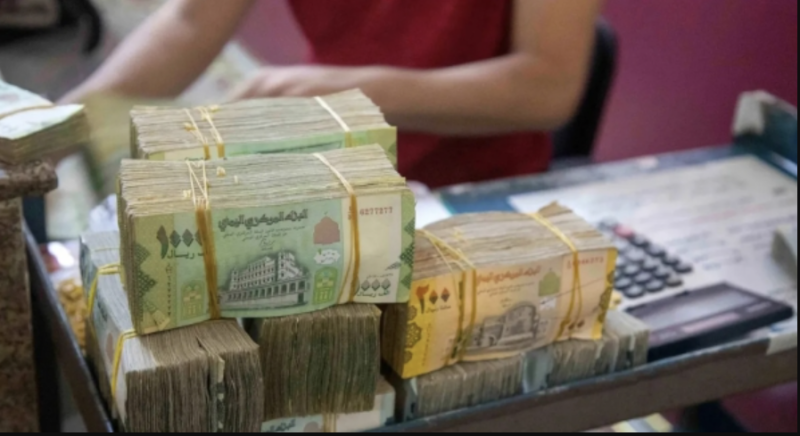U.S. Aids Yemen’s Education System Amid Humanitarian Crisis


Currently facing one of the greatest humanitarian crises in history, Yemen’s education system bears the consequences of an unrest society. Amid an armed conflict that has plagued Yemen for years, the Yemeni people struggle to find stability and hope. One of the most significant sectors of Yemen affected by the civil war is the education system.
Yemen has been in an armed conflict with the Houthis, a militant Islamic minority group opposing Yemen’s government for two decades. However, in 2015, rebel Houthi forces took Sanaa, Yemen’s capital. Since the Houthi takeover, more than 17,500 Yemen civilians have died, and nearly 10 million are at risk of starvation.
The United States Agency for International Development (USAID) has continued to support Yemen through U.S. foreign aid. In 2019, Yemen spent $690 million from USAID. Additionally, Yemen has spent over 90% on Humanitarian Assistance that funds agencies that protect internally displaced people (IDPs), refugees and conflict victims. However, Yemen was only able to use 1% of the USAID funding for education in 2019. While U.S. foreign aid continues, Yemen had to ration a large portion of U.S. funding to aid the raging humanitarian crisis.
As a result of the Yemen crisis, the people of Yemen have experienced widespread displacement, physical damage to infrastructures and uncertainty about Yemen’s future. All of these issues have impacted the access and quality of Yemen’s education system. Along with the trauma endured during wartime, Yemen children deal with the disablement of their educational system.
The USAID estimated Yemen’s conflict led to the destruction of as many as 2,000 schools. Moreover, more than 2 million of the 3.6 million IDPs in Yemen are children. Without reliable access to education, this generation of Yemen’s children could suffer socioeconomic implications from the lack of education, and possibly develop illiteracy.
Another side effect of Yemen’s conflict is the lack of funding for teacher’s salaries. Nearly 75% of teachers in 11 governorates have not received payment for more than two years. The United Nations Children’s Fund (UNICEF) provided $70 million for teacher and school staff salaries. UNICEF also provided education to more than 200,000 children in Yemen through the rehabilitation of 18 schools and 218 school latrines. UNICEF also emphasizes the importance of education to the local Yemen community members and encourages community-based education during the interim period.
Amid the Yemeni discord, the USAID continues to fund the rehabilitation of the Yemen educational system. The USAID’s Gate to Education activity, along with Yemen’s Transitional Education Plan, works to provide quality education in Yemen. Moreover, through the Yemen Basic Education/ Emergency Response Project, USAID funds programs to get Yemen children back in school. These programs include back to school campaigns, pilot self-learning programs, psychosocial support programs and school emergency and safety programs designed to help protect students. These programs have reached more than 1.25 million children in Yemen. USAID’s school programs will increase access to education and decrease the impact Yemen’s humanitarian crisis will have on this generation of children’s education.
Although Yemen’s armed conflict may not be able to see a resolution anytime soon, U.S. foreign aid has positively impacted Yemeni children’s education. With UNICEF’s efforts and continued U.S. foreign aid, Yemen can rebuild educational facilities, and Yemen children can return to school and obtain a better standard of living.

Paris — The French humanitarian organization Acted announced that it has delivered cash assistance to nearly 89,000 people affected by displa…

Sana’a — Fuel and food imports into ports under the control of Yemen’s Houthi movement on the Red Sea have continued to fall for…

ADEN — Yemen Airways, the country’s national carrier, announced it will resume flights between Aden and Abu Dhabi beginning in January…